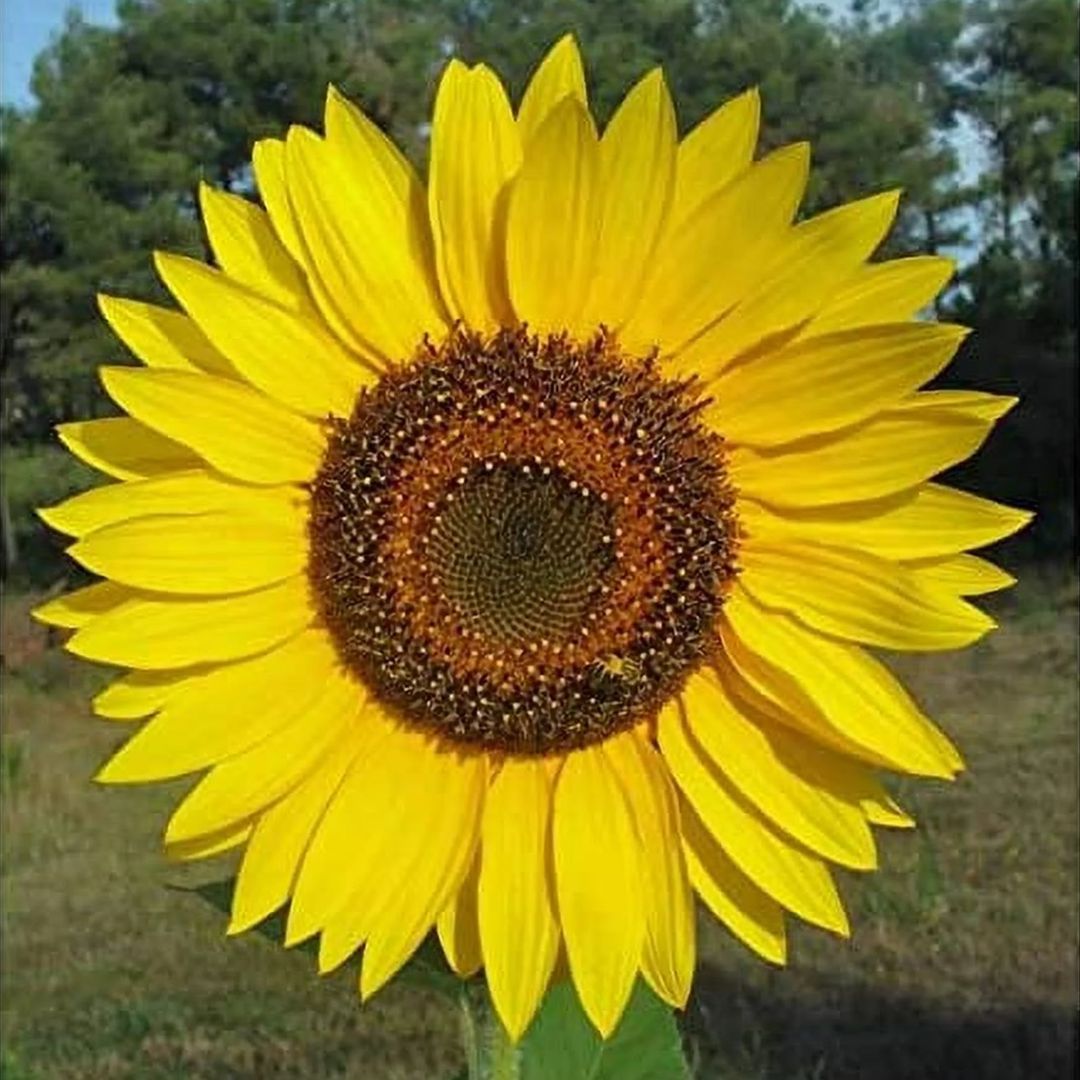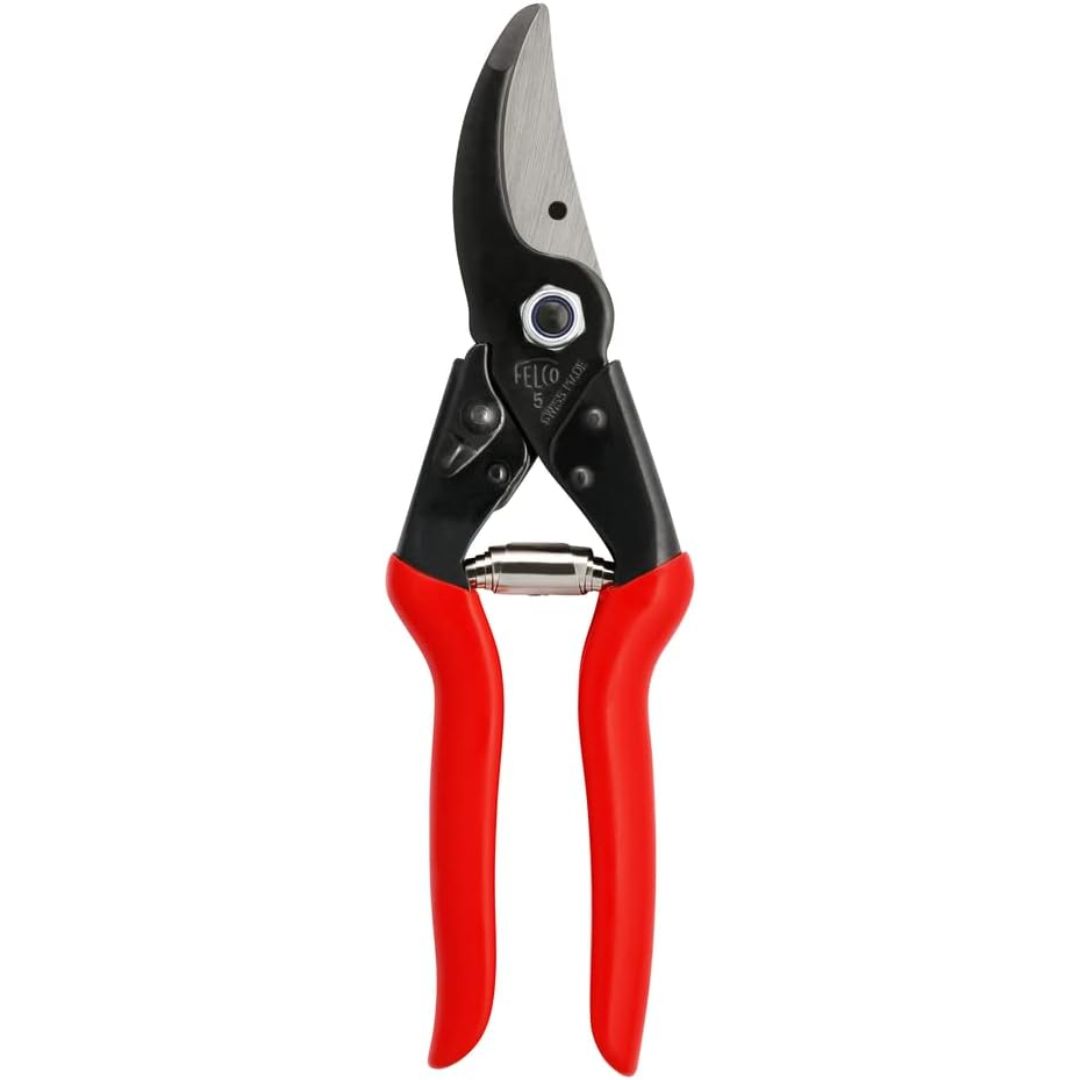9 August Gardening Tasks You Need to Do to Get The Most Out of The Summer — And Prepare for Golden Autumnal Leaves
Tackling these simple tasks will ensure you get the most from your green space
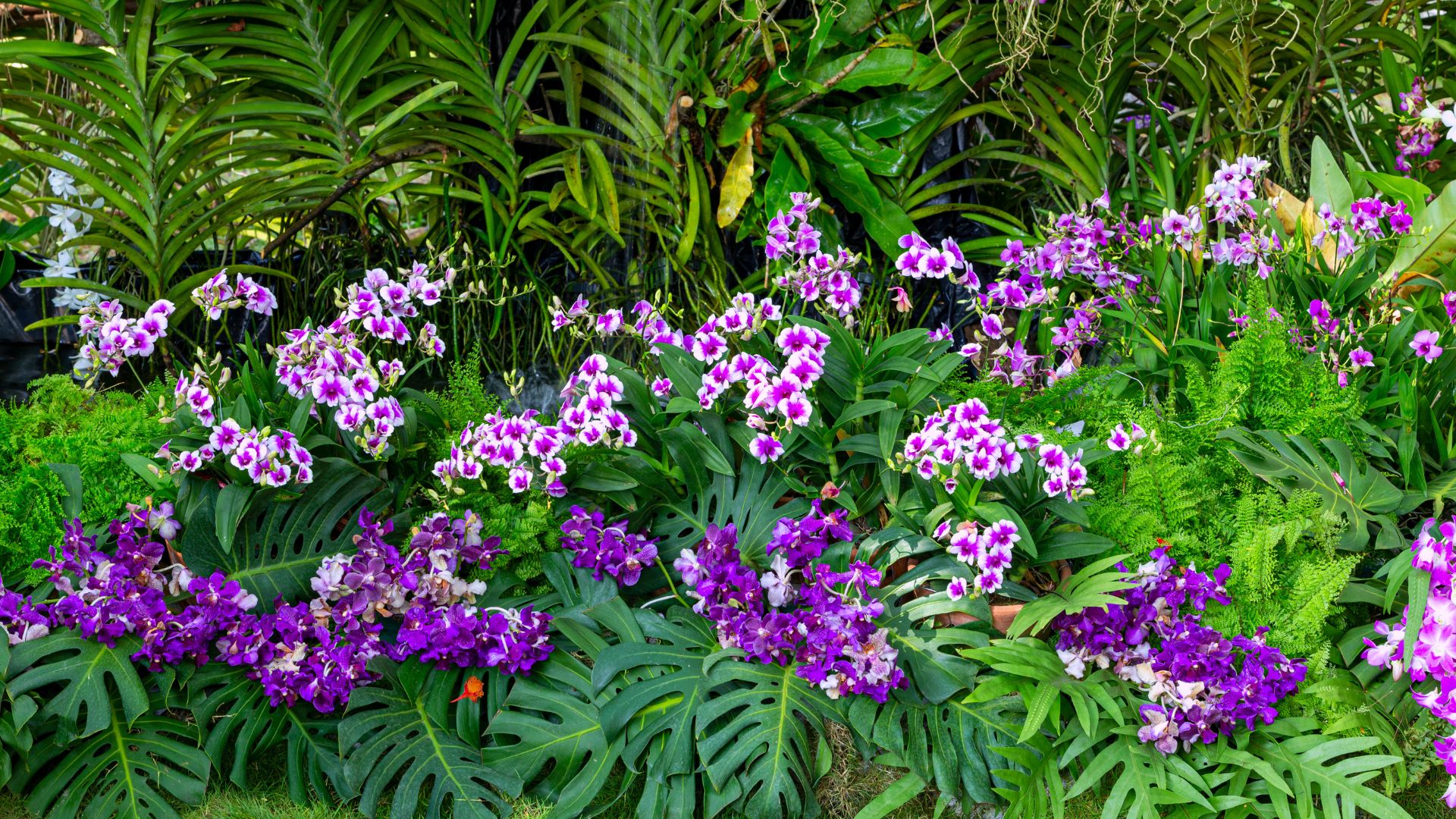
The long, lazy, hazy days of summer are when we enjoy our gardens the most, whether it's pizza parties, splashing in pools, or sitting under a tree with a book. Yet the tasks don't stop. This is where an August gardening overview with a checklist of things to do will come in handy.
Many of the things to do in your yard this season are enjoyable. We're not talking hard graft. This month, it's mostly about understanding what to prune in August, harvesting produce, tidying spent blooms and watering thirsty plants, to help bring those backyard ideas to life. "Gardening in August’s heat and humidity is tough, so keep chores to the essentials and aim for just a few minutes weeding or deadheading each day," says Kate Copsey, author, Month-by-Month Gardening New York & New Jersey. "Watering is likely to be the biggest issue unless storms roll across your area."
So whether you're green thumbed or new to gardening, here are a few tasks you can do to keep your garden in check for August.
August Gardening Checklist
Lawn care in August includes cleaning up the plants around it as well as tending to your fruit and vegetable garden.
There are a range of tasks you'll need to tackle this month. Here are 9 August gardening tasks you'll want to complete before the end of the month.
1. Water Your Plants
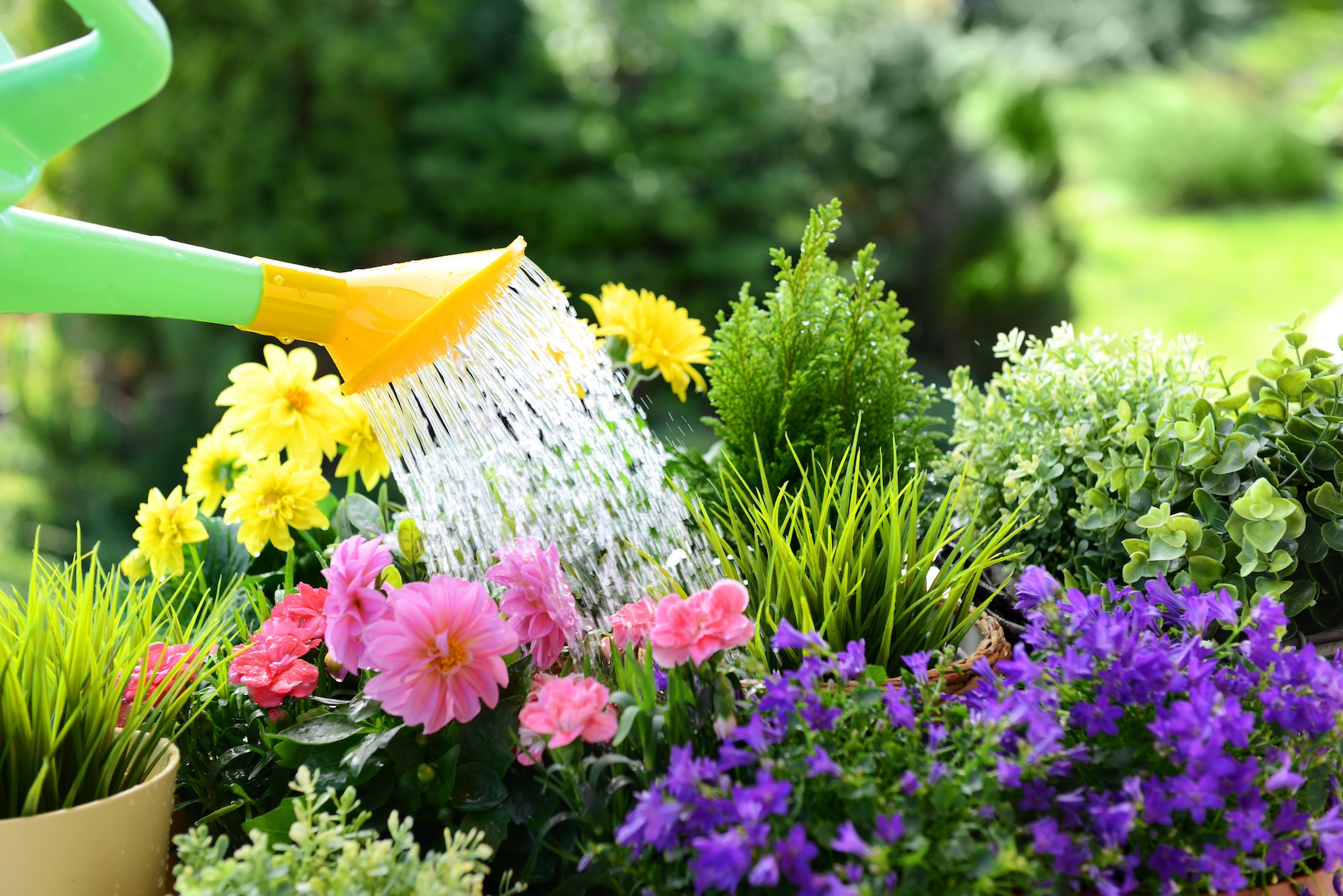
One of the biggest gardening mistakes for the summer is forgetting to water your beloved blooms. Depending on the amount of rainfall you have–or haven't–had, your watering schedule will need to be maintained throughout August, and if you're going on vacation, ensure you have a friend or neighbor who can step in for you. You can return the favor when it's their turn.
"Remember to check the plants in the morning or evening for signs of water stress, not the middle of a 90°F day when the leaves curl down to save moisture," says Garden Writer, Kate Copsey. As with last month, annuals and containers need more moisture, so water containers daily. The rest of the garden takes less, but still needs moisture. When nature doesn’t provide at least an inch per week, supplement that. Water established annuals every few days to keep them looking great in the landscape. Remember to water the flower beds—not the pavement. Edibles need daily watering if possible."
"In general, flowering perennials need an inch of water per week, but the amount really depends on the plant species and the weather conditions," says environmental horticulturalist, Kim Eierman, founder EcoBeneficial and author, The Pollinator Victory Garden.
The expert says, "Supplemental watering can be especially important in periods of drought, which seem to be the “new normal” in our gardens. Even appropriately planted, well-adapted regional native plants can suffer during unusually dry periods. Pollinators suffer at these times, too. When flowering plants are stressed by this lack of water, they produce fewer flowers, less nectar, and less pollen. Keep plants and pollinators healthy by watering when the weather is not cooperating."
2. Deadhead spent blooms
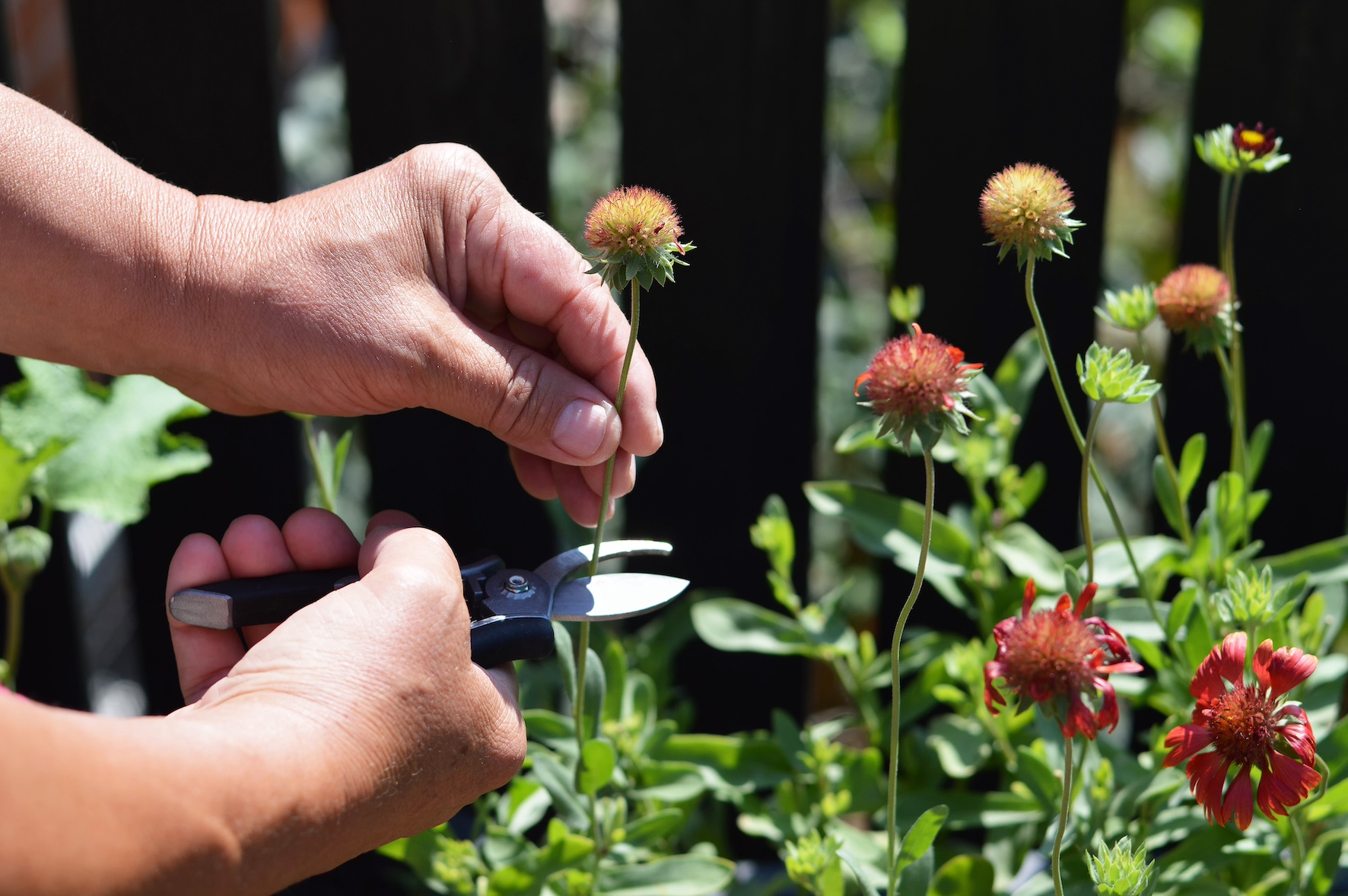
If you're wondering when to deadhead perennials and annuals? Experts says deadheading spent flowers as soon as possible will allow a plant to put its energy into new growth for the next spurt, or year. It can also help stop the spread of disease if a plant is unhealthy.
However, it's important to not trim plants too to far back. It's also worth allowing some flowers to self seed, particularly if you want to create a wildlife garden. These are among several deadheading mistakes that it's easy to make.
"Deadhead and generally tidy perennials and, if they have gone ragged at their base, trim them down to about one-third," says Kate Copsey. "New growth will soon fill in and although it won’t re-bloom, the plants will be fine for next year. Tender annuals peak and slow down as the day length shortens. Keep blooms on petunias and zinnias picked so that the plants continue to flower right up to frost."
3. Leave Self-seeding Plants
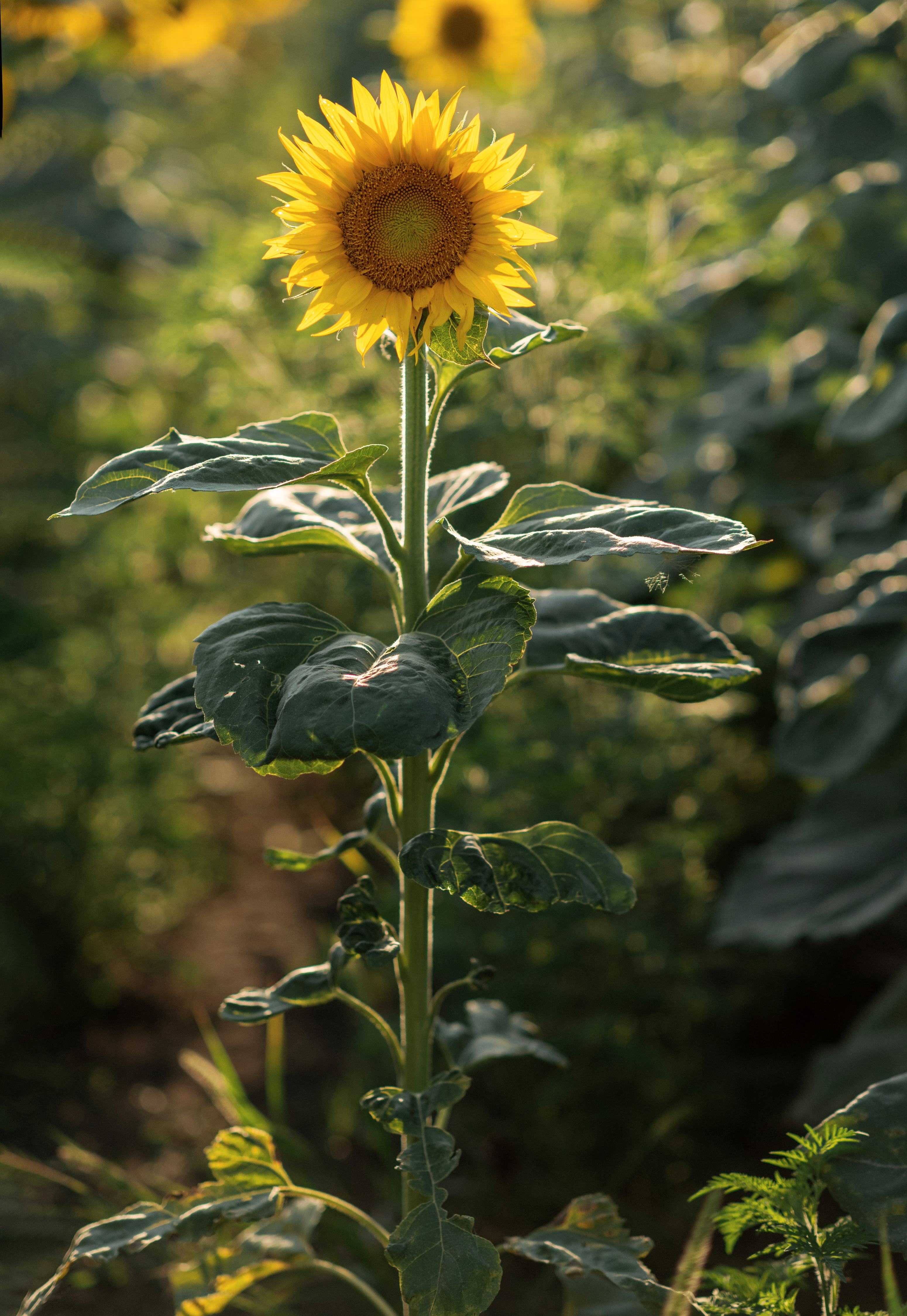
Once flowers and plants have 'gone over' it can be tempted to tidy them immediately. Yet allowing these self-seeding plants to go to seed, not only provides food for birds and other wildlife, the seed can be collected and re-planted, or may self-sow too.
"As plants flower, particularly annuals, we promptly deadhead the flowers to prevent seed from being formed and to stimulate production of more flowers," says Kate Copsey.
She adds: "However, both flower and vegetable seeds can be saved. Leaving a few flowers to set seed is a great way to save on seed costs for next year, and if the plants self-sow their seed, you really don’t have to do anything."
4. Start collecting seeds
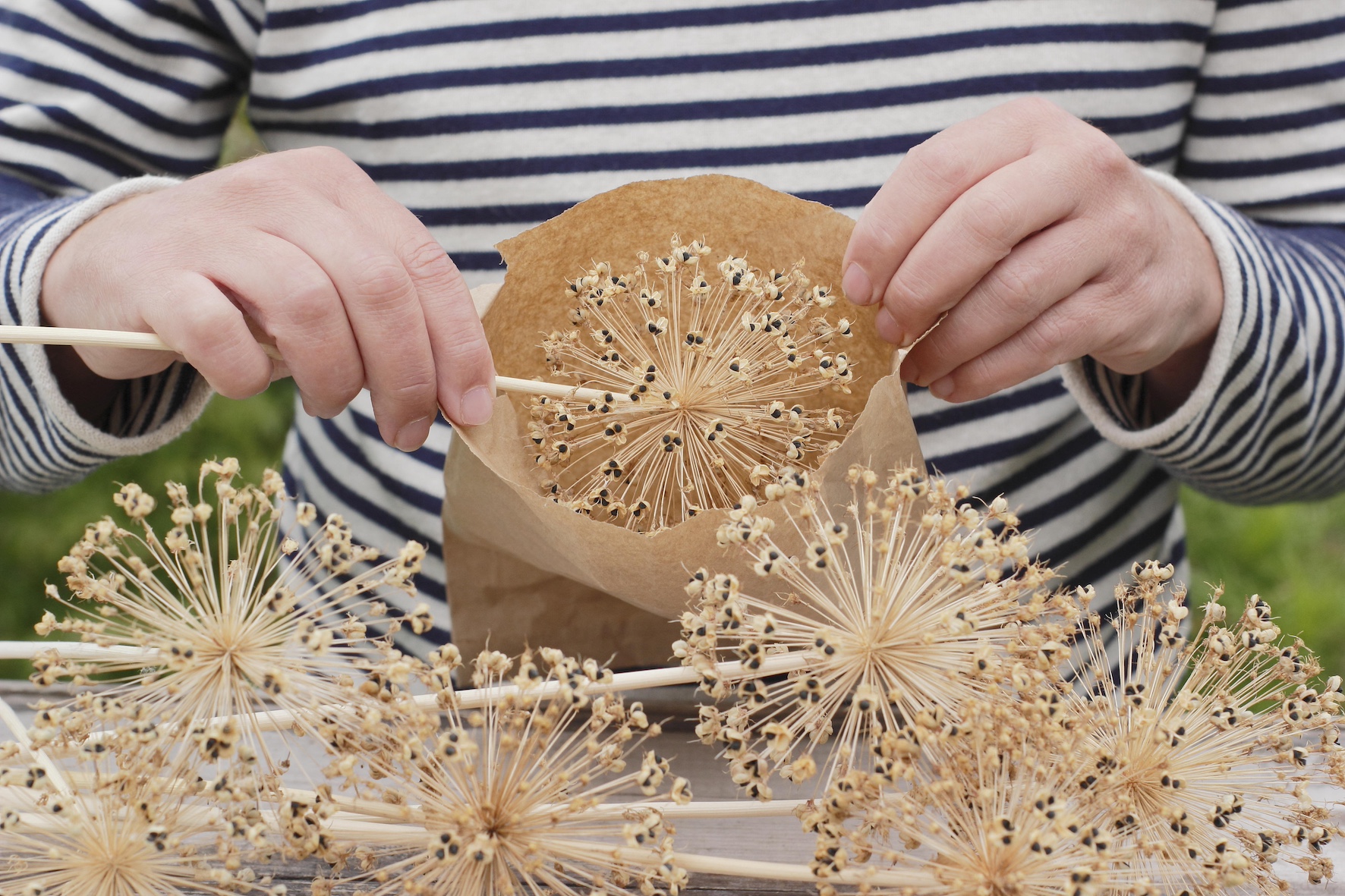
If you do wish to collect seeds to share or swap with friends, or plant elsewhere in your yard, August is a good time to monitor the plants you wish to collect them from, whether flowers or food. Many flowers with seed heads or pods, such as alliums, poppies, sunflowers or honesty, will be ripening now. However, they won't all be ready at exactly the same time, so you may need to make a few visits.
"Even saving seed from a couple of types of produce each year is enormously beneficial," says Kim Stoddart, author, The Climate Change Resilient Vegetable Garden. "And seed swap events and local gardening groups are fun and rewarding. Peas, lettuce, arugula, tomatoes, beans are easy plants to save seeds from. Although, don't save seed from F1 plants, as these are hybrids and are not reliable."
"I'm especially drawn to germinating seeds from my region’s native species that are threatened or endangered, such as purple milkweed (Asclepias purpurascens),' says Kim Eierman. 'Although, when collecting aim to leave 90-95% of the seed on the plant."
5. Continue to harvest fruit and vegetables
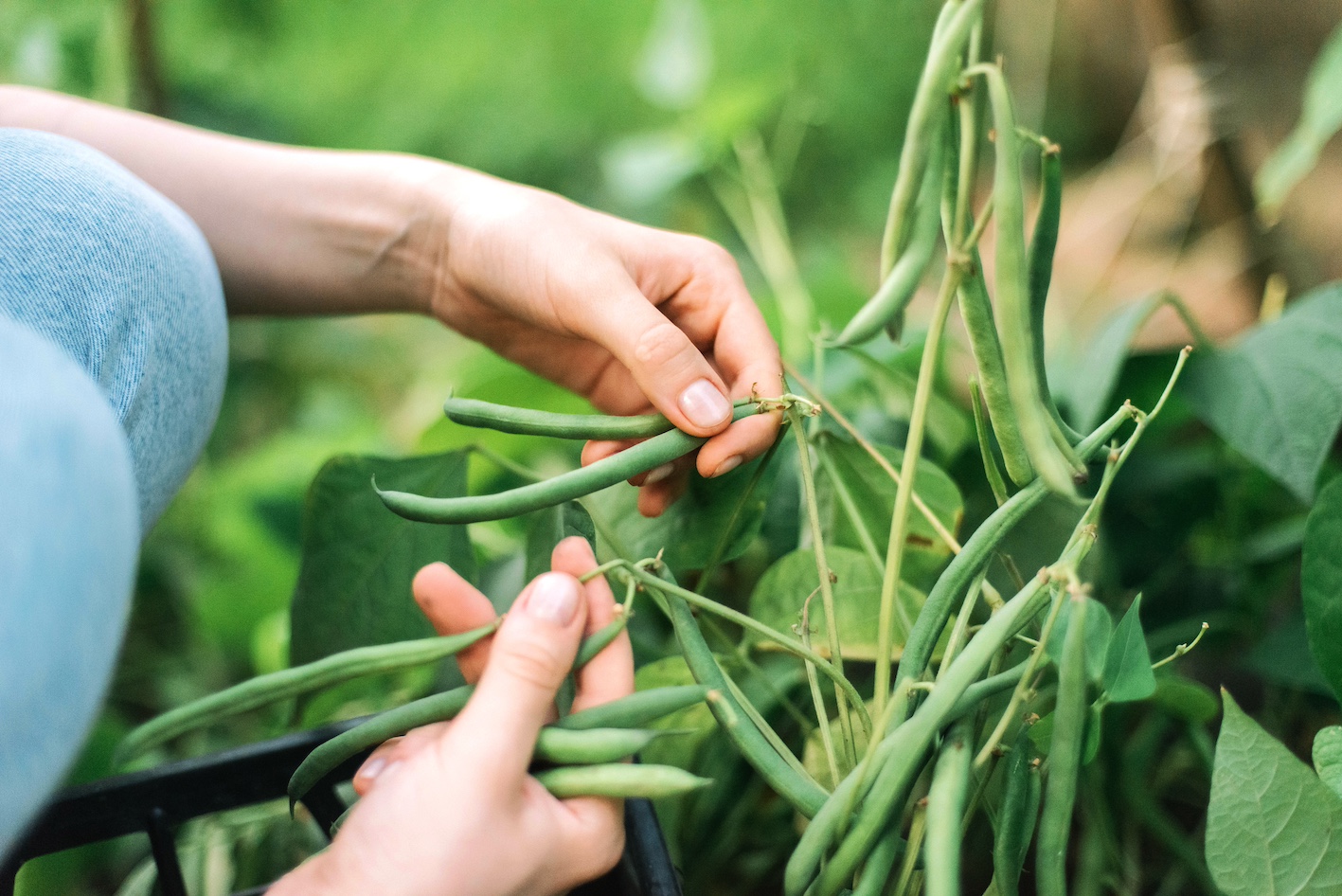
Depending on when they were planted, tomatoes, green beans, zucchini and other fruits and vegetables will continue to ripen and be ready to harvest in August. This is an ongoing process, so monitor your plants every couple of days. Also keep an eye out for what vegetables not to plant together as you'll to have healthy and growing crops.
To keep your plants abundant, pick vegetables such as squash and zucchini before they get too big. "This time of year the harvest of edibles can be overwhelming. It’s best to keep picking to keep the vegetables coming, but also not to waste the food,' says Charlie Nardozzi, author, Month-by-Month Gardening New England. "It’s a time of canning tomatoes, freezing beans, and drying herbs. I find it’s a lot more fun to do these chores with family and friends, some lively music, and a glass of wine or beer."
"Try to leave plant roots in the ground when you harvest crops,' says Kim Stoddart. 'The roots you leave behind are food for soil life. You can also use some of the cut plant leaves as an impromptu mulch to protect the soil. As leaves are shed and debris falls from the plant, it further provides valuable food to the life in the soil."
6. Mulch the top soil
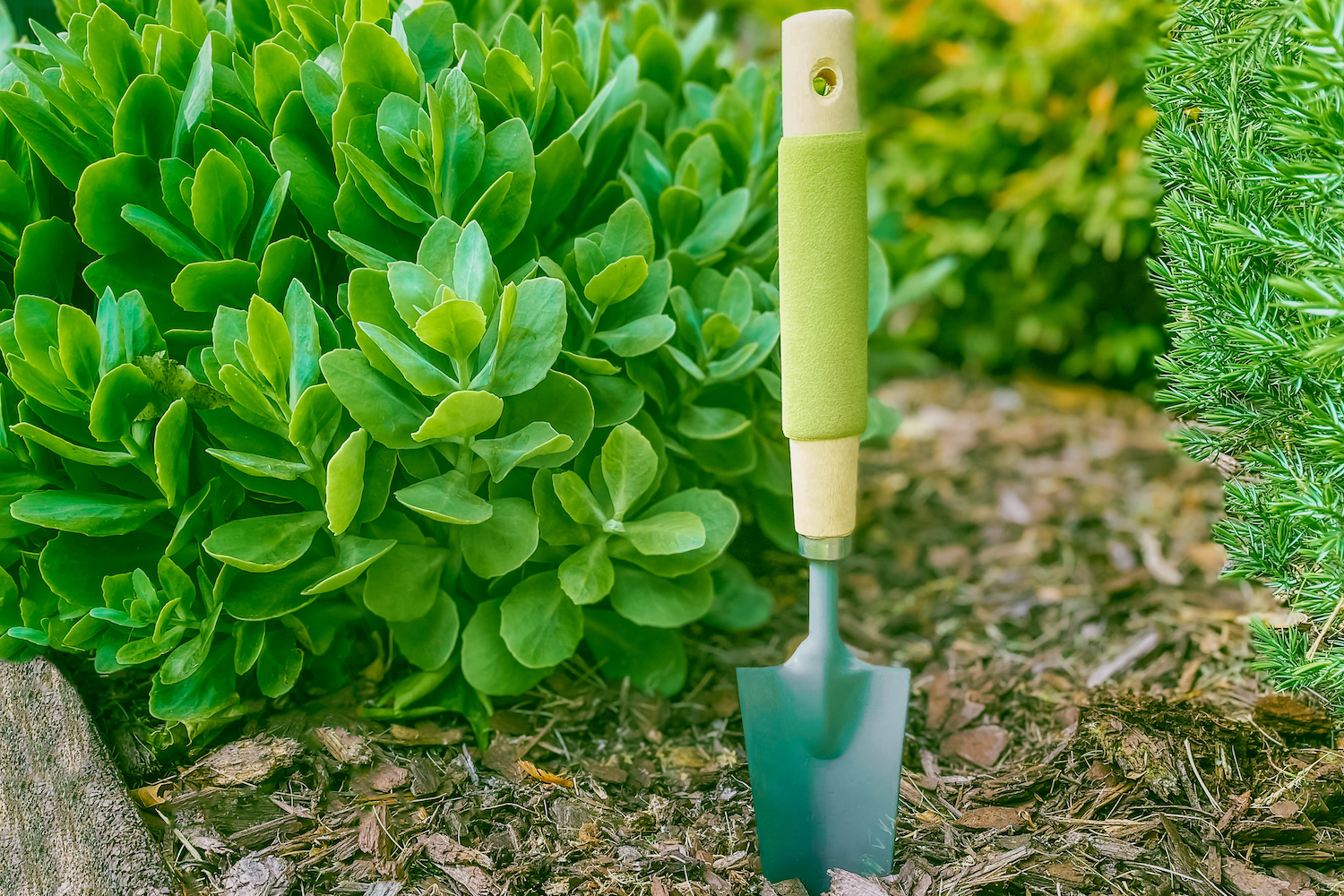
Mulching feeds soil and helps it to retain water. If you live in a region that's having extended dry spells, sprinkle biodegradable mulch around your plants, whether they're in the flower beds or vegetable patch.
"Bare soil is much more vulnerable to the drying glare of the sun during a hot spell,' explains Kim Stoddart. "Exposed soil will dry out a lot quicker than soil that is covered with plantings. Mulch is especially useful around water-hungry plants. After a good, deep watering, mulch will help keep the water in the ground for longer. You only need a thin sprinkling of a few inches and you can choose from grass clippings, wood chips, leaf mold, chopped comfrey, spent plant foliage or compost," continues Kim. "It will feed the soil and build structures as it breaks down."
"There is enormous diversity and activity in healthy soil that goes on underground 24/7; it's a whole universe we pay little to no attention to," says Mark Verkerk, film maker, Planet Soil. "We are becoming more aware of the importance of the microbes in our soil, in our guts and in all aspects of life."
7. Attract and support pollinators
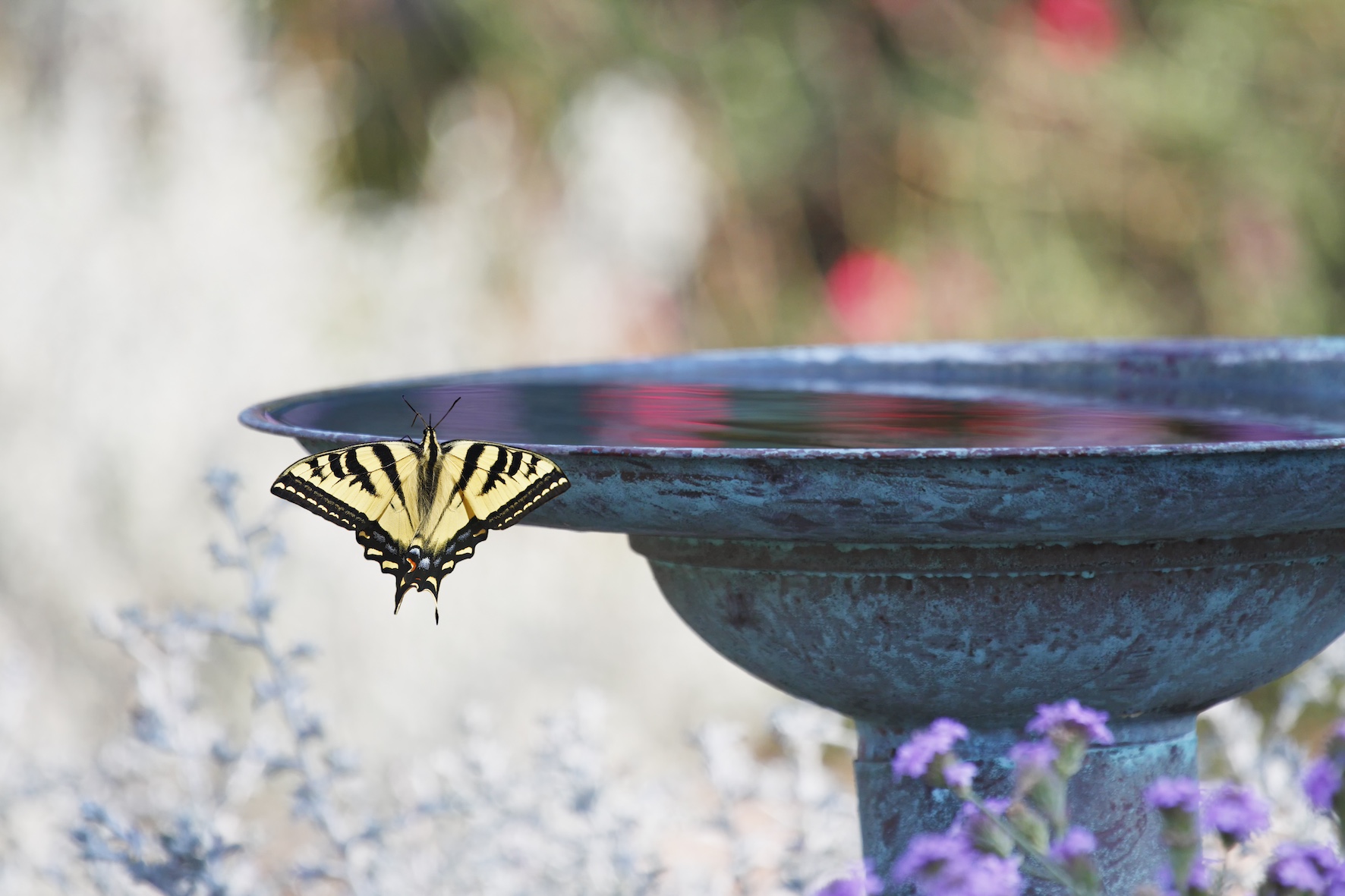
There are many beneficial garden insects you should welcome into your backyard and pollinators are one of them. Without pollinators, it would be difficult (if not impossible) to grow healthy food. So supporting them is not just for their sake, it's for ours too. It's also easy to support pollinators.
"A water source is a good addition to the pollinator garden as is some cover or shelter," says Kate Copsey. "Shrubs are great places to give birds shelter, and mulch is used by beetles and small insects as cover. You want all types of pollinators to stick around as much and as long as possible. So restrict the use of pesticides both in the pollinator garden and in the landscape as a whole—pesticides are indiscriminate and will kill the beautiful visitors as well as the pests.
"Many pollinators ensure that summer squash and green beans are pollinated, too, not to mention that many pollinators consume some bugs that infect our landscapes each year. Pollinators include bees, butterflies, flies, beetles, bats, and birds. They come in various sizes and have differently shaped mouthparts for retrieving food, so a variety of plant types will attract the maximum number possible."
Kate continues: "Some plants are useful as food sources for the larval stage of butterflies, so allowing some plants to be eaten by hungry caterpillars is important too. Milkweeds, parsley, dill, and violets are all important sources of food for the larvae of a variety of attractive, and important, butterflies."
8. Succession planting
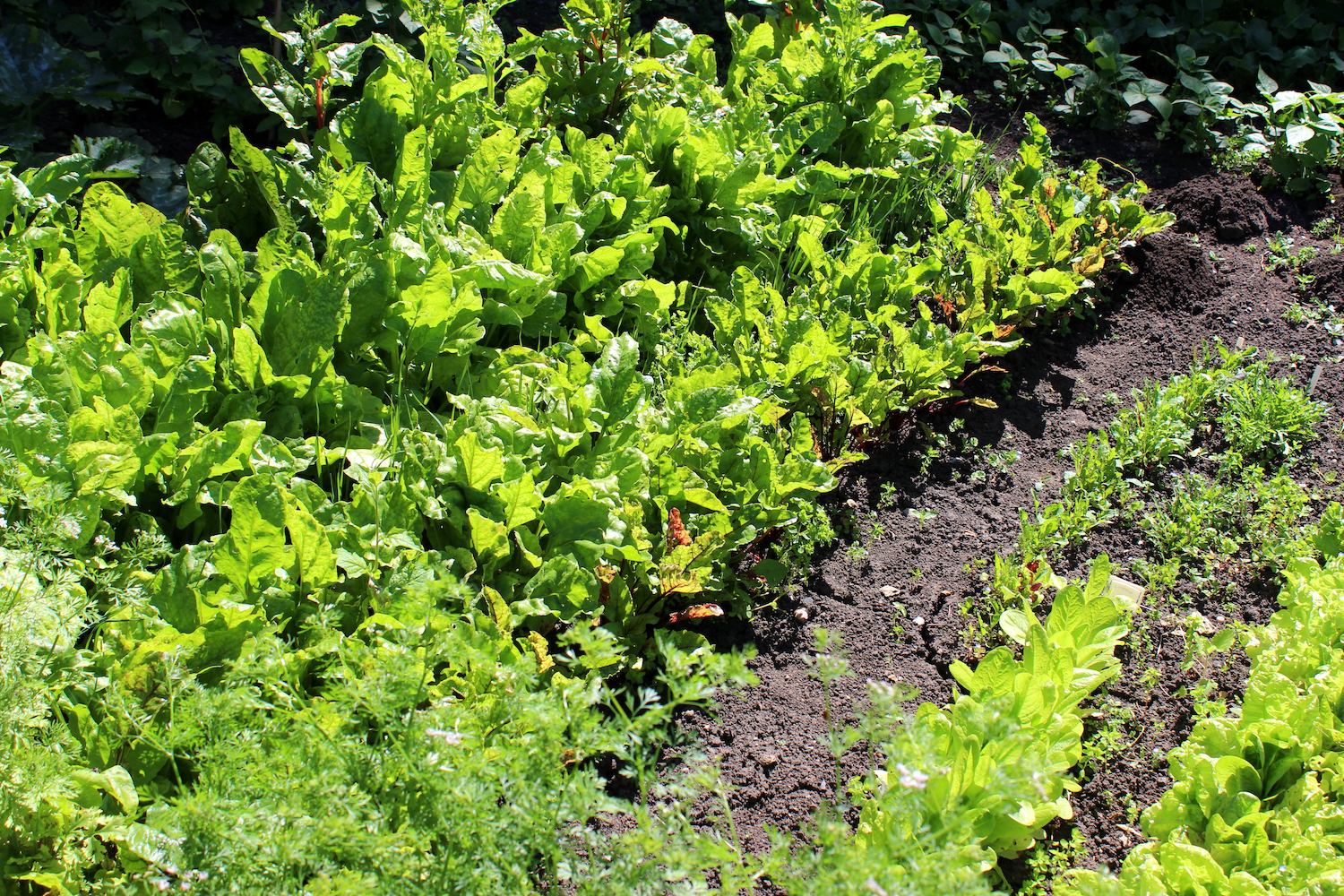
It is still possible to plant salad leaves and vegetables for fall harvests, as well as fall blooming perennial plants, shrubs and trees. However, choose the coolest part of the day for any planting. "Continue succession planting of vegetables in the garden,' says Charlie Nardozzi. "As the weather cools, especially in northern and mountainous areas of New England, cool-season vegetables such as spinach, peas, radish, lettuce, kale, and arugula can be planted.
Charlie says for fruiting vegetables, such as peas, "remember the days are shorter in fall, so plant growth is slower. Now is also a time to add some mid- to late-summer-blooming shrubs and trees to your landscape. Some mid-to late-summer-flowering shrubs to grow include butterfly bush (Buddleja), summersweet (Clethra), bluebeard shrubs (Caryopteris spp.) and panicle hydrangeas (Hydrangea paniculata).
"A few trees that have flowers later in the summer include seven sons tree (Heptacodium miconioides), Japanese tree lilac (Syringa reticulata), and golden rain tree (Koelreuteria paniculata). Always check to make sure that the shrubs and trees are hardy for your area and that their ultimate size will fit in the location you have planned."
9. Only mow if your lawn is growing
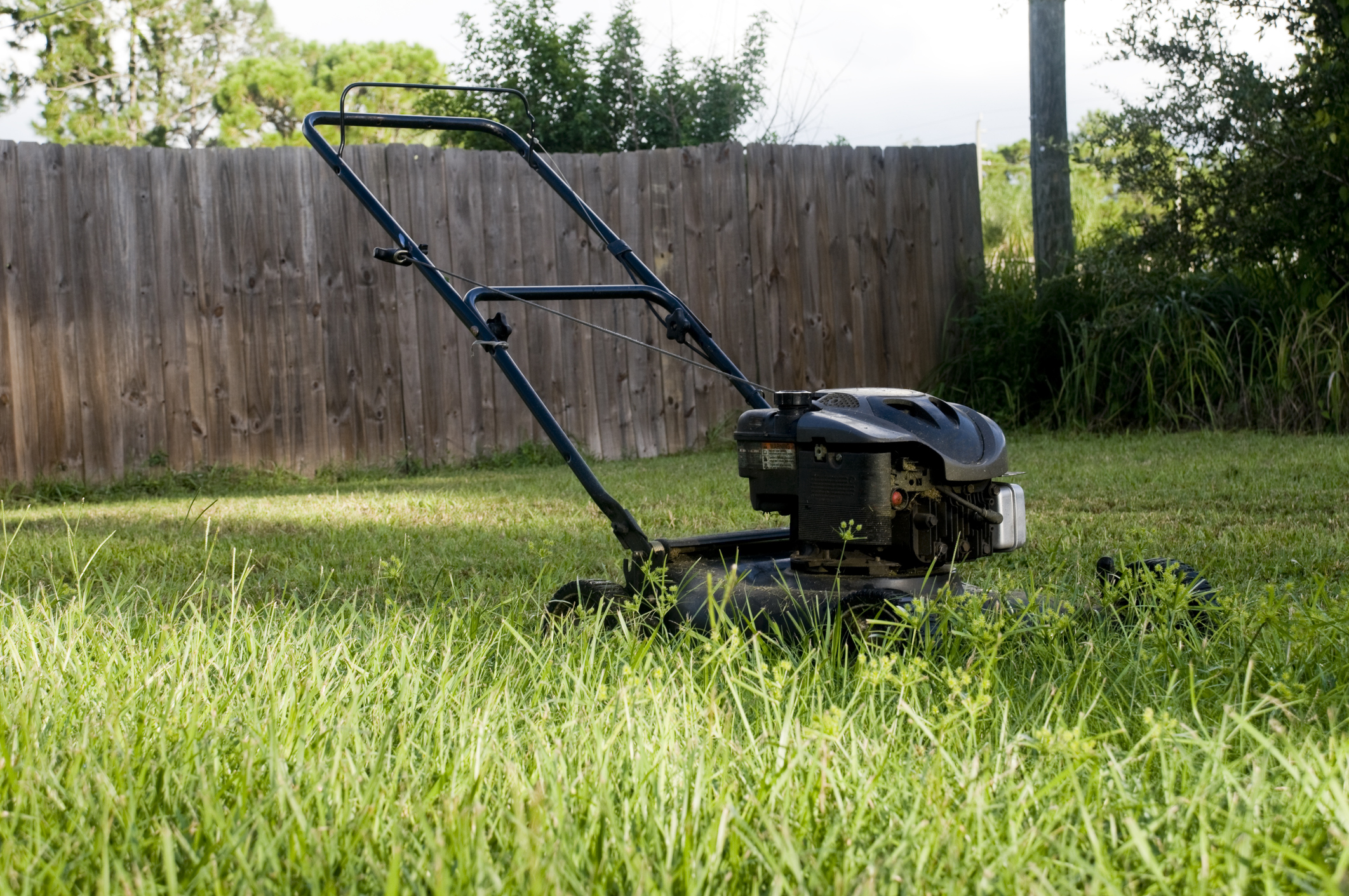
For all your lawn care needs, if your grass is green and growing, mow high to at least 3", as this helps to shade the soil in hot, dry weather and encourages deeper roots. Leave the light clippings, as these will serve as protective mulch.
However, if your lawn has stopped growing or gone brown during a drought or dry spell, there is little to do, as it will return to green, once the rain returns.
"During the summer grass can sometimes go dormant,' says Phil Catron, founder, NaturaLawnofAmerica. "When this occurs, there’s no need to mow regularly on a weekly basis. Wait until the lawn is growing and moisture returns before bringing the mower back out."
FAQS
Is August too late to plant a garden?
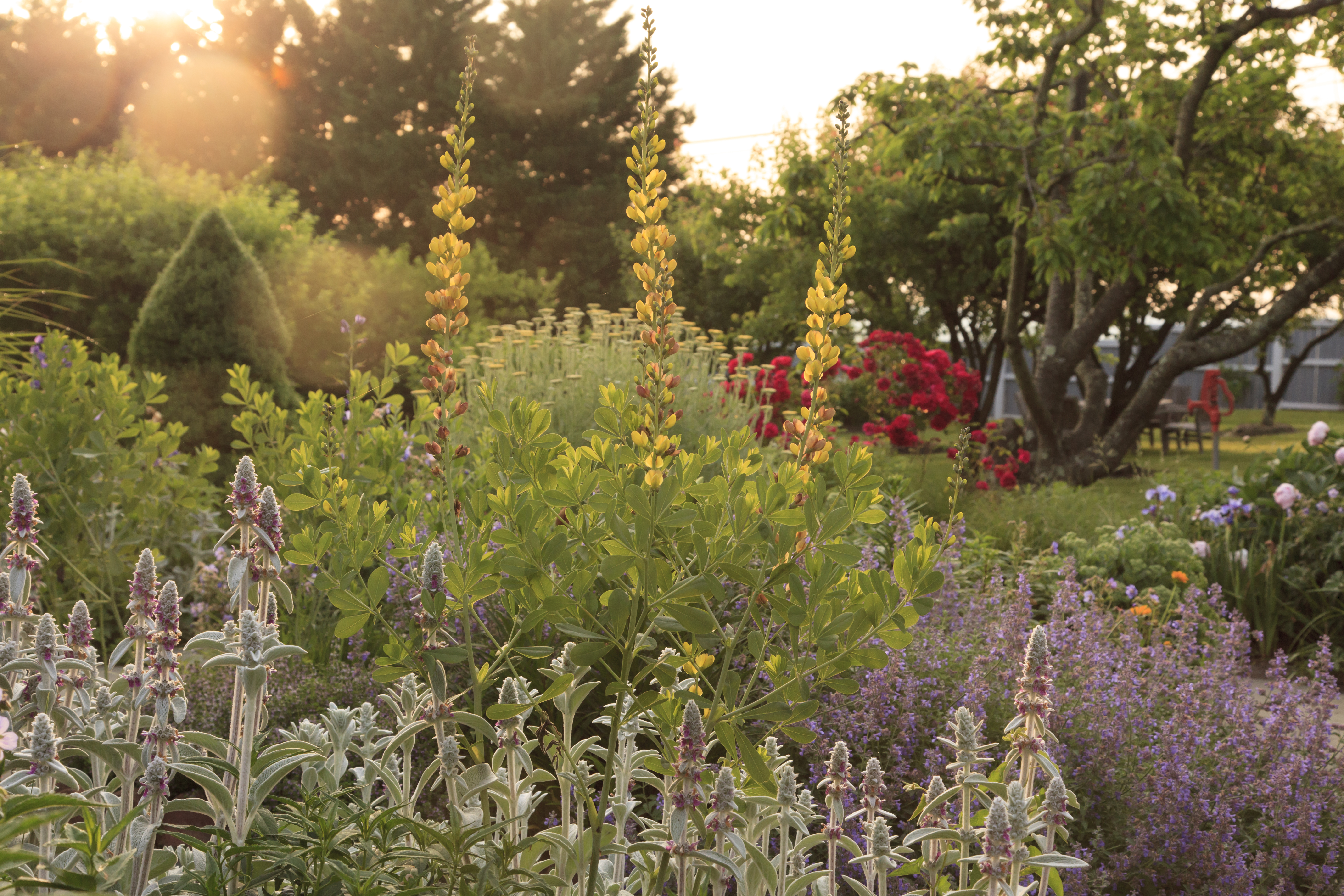
Not at all, many plants can be planted at the latter end of summer for late blooms and fall harvests.
"August is a great time to determine what additional plants you need in your landscape, as these support pollinators," says Kim Eierman, horticulturalist and founder, EcoBeneficial.
"Continuous succession of bloom throughout the entire growing season, along with diversity of bloom for different types of pollinators, are essential principles of gardening, for pollinator support.
"Review the plantings that you now have and make plans to add needed plants once the weather cools and conditions are more suitable for successful planting."
What is the best thing to plant in August?
This obviously depends where you live, however, if you're in a temperate climate, consider planting some fall-blooming bulbs and perennials, if you want to keep the color in your yard for longer.
"Fall-blooming spider lilies and colchicums can be planted early to mid-August," says Kate Copsey, author, Month-by-Month Gardening New York & New Jersey. "These little bulbs come up in just a few weeks. Plant them in the garden as you would spring or summer-flowering bulbs and water them in.
"Perennials, such as grasses, goldenrods, and asters are all fine to plant this month too. Check new additions daily but do not overwater them."
Check out these Gardening Buys
Be The First To Know
The Livingetc newsletters are your inside source for what’s shaping interiors now - and what’s next. Discover trend forecasts, smart style ideas, and curated shopping inspiration that brings design to life. Subscribe today and stay ahead of the curve.
Jacky Parker is a London-based freelance journalist and content creator, specialising in interiors, travel and food. From buying guides and real home case studies to shopping and news pages, she produces a wide range of features for national magazines and SEO content for websites
A long-time contributor to Livingetc, as a member of the team, she regularly reports on the latest trends, speaking to experts and discovering the latest tips. Jacky has also written for other publications such as Homes and Gardens, Ideal Home, Red, Grand Designs, Sunday Times Style and AD, Country Homes and Interiors and ELLE Decoration.
-
 Does Anyone Decorate With Wall Clocks Anymore? We Asked Designers For Their Thoughts — Timeless or Time to Go?
Does Anyone Decorate With Wall Clocks Anymore? We Asked Designers For Their Thoughts — Timeless or Time to Go?Although they've been around for centuries, their presence in interiors divides designers. So, are wall clocks our of style? Let's discuss
-
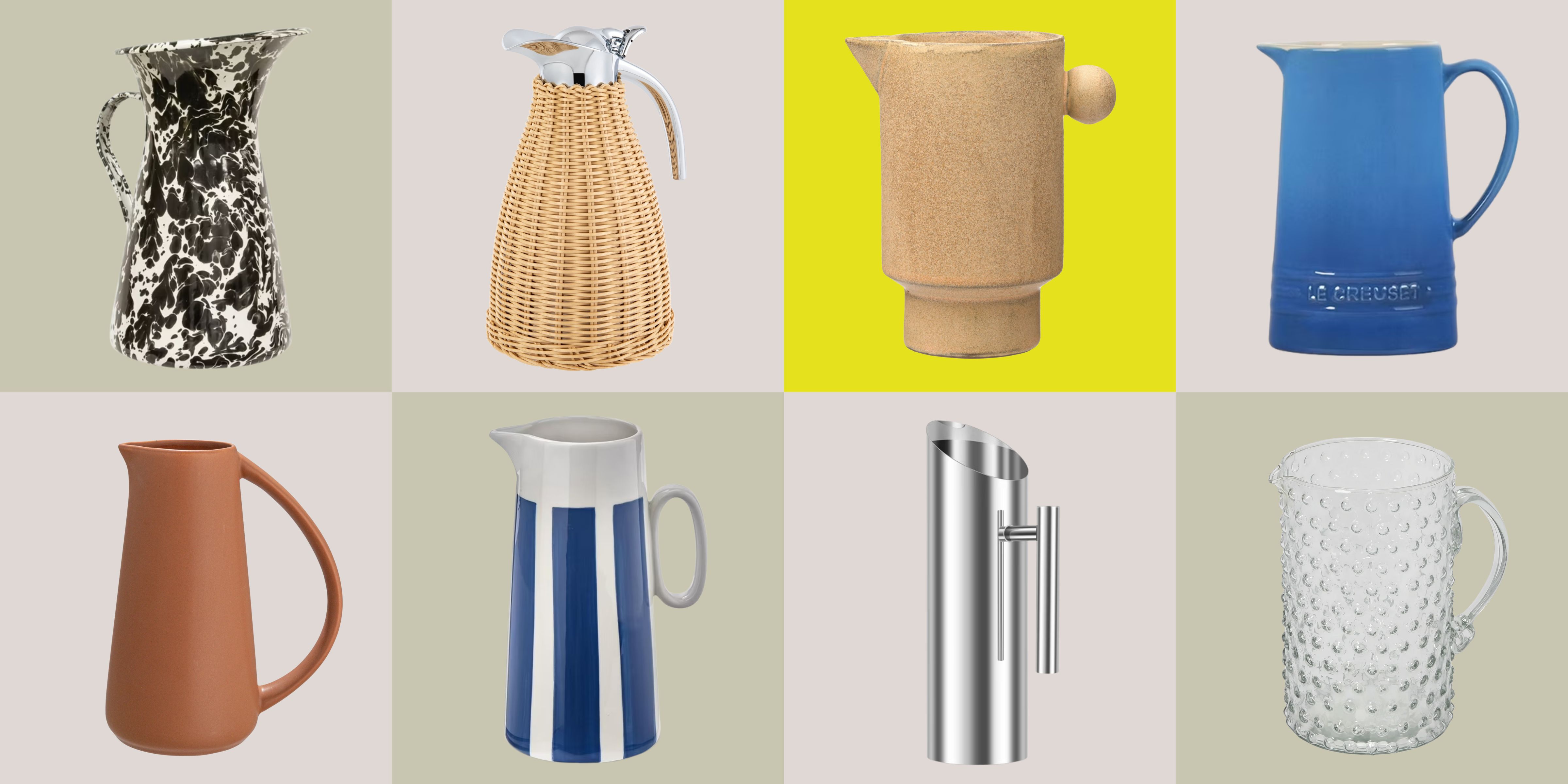 Take a Pitcher, Make It Last Longer — This Is the Crucial Thing Your Spring Table is Missing
Take a Pitcher, Make It Last Longer — This Is the Crucial Thing Your Spring Table is MissingFor spring tables with style, meet the warm-weather staple that keeps drinks flowing (and the host seated)

